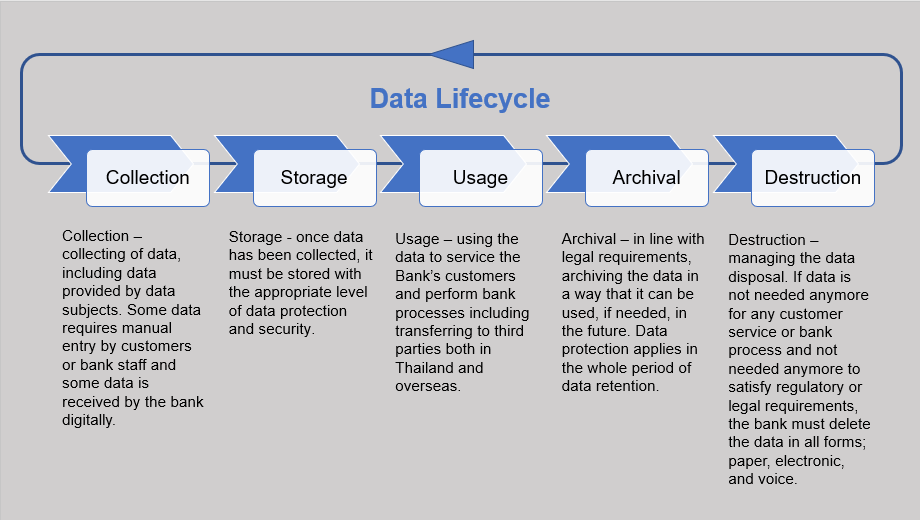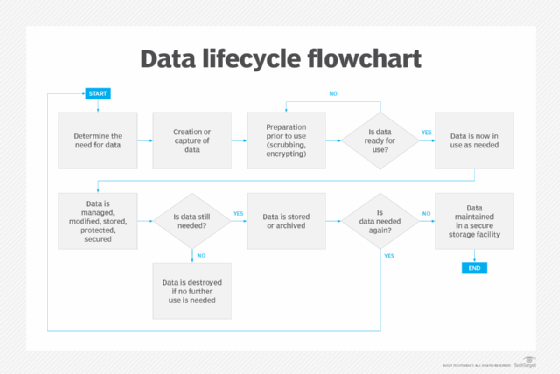The Relevance of Effective Information Destruction Practices in Safeguarding Sensitive Details and Ensuring Computer Safety And Security
In an age where data breaches are significantly typical, the importance of reliable information damage practices can not be overemphasized. Carrying out robust information destruction methods not only minimizes these threats but additionally straightens with lawful compliance demands, making sure that companies maintain their online reputation and foster client trust.
Understanding Data Devastation
Comprehending data damage is crucial in today's electronic landscape, where sensitive info can easily be jeopardized. Effective information devastation includes not just erasing documents however ensuring that data is irretrievable with comprehensive techniques. This process is vital for organizations that take care of personal client info, intellectual residential property, or internal records, as any breach can cause extreme monetary and reputational repercussions.
Data devastation incorporates various methods, consisting of shredding physical media, degaussing magnetic storage gadgets, and using software-based services that overwrite information numerous times. Each method serves a particular objective and must align with the sensitivity of the info being dealt with. As an example, physical devastation is often chosen for hard disk drives having highly confidential data, while software techniques may be adequate for less sensitive info.
Additionally, sticking to sector standards and policies, such as the General Data Protection Policy (GDPR) or the Wellness Insurance Policy Mobility and Accountability Act (HIPAA), is critical for compliance and to mitigate lawful dangers. Organizations needs to create a durable data destruction plan, train workers on best techniques, and on a regular basis investigate their procedures to make certain that all sensitive information is taken care of safely and efficiently.
Threats of Inadequate Practices
Insufficient data devastation practices reveal organizations to significant threats that can have significant consequences. When delicate information is not effectively thrown away, it remains prone to unauthorized access, which can bring about data violations and identity burglary. Such incidents not only compromise the safety of people however also tarnish the organization's online reputation, resulting in a loss of consumer count on and possible financial consequences.
In addition, regulative conformity is increasingly strict in several industries. Failing to follow data devastation regulations can lead to substantial fines and lawful activities against companies. These fines can strain funds and draw away focus from core company procedures.
Additionally, the misuse of recurring data can cause copyright theft or company espionage, threatening affordable benefits (data destruction). The effect of inadequate data destruction extends beyond immediate monetary losses; it can likewise lead to long-lasting damage to brand stability and market setting

Organizations need to identify that information protection is not solely concerning preventing breaches; it also incorporates the liable monitoring of information throughout its lifecycle. Neglecting effective information devastation methods can have disastrous effects, highlighting the requirement for robust steps to mitigate these risks.
Ideal Practices for Information Devastation
Applying reliable information damage practices is important for protecting delicate details and preserving compliance with regulative standards. Organizations needs to adopt a multi-faceted technique to guarantee that information is irretrievable, consequently avoiding unapproved gain access to and potential violations.
First, information need to be categorized based on level of sensitivity, enabling organizations to use ideal devastation techniques tailored to the degree of danger. For digital data, utilizing software-based data-wiping devices that follow sector requirements can effectively overwrite existing information. Physical destruction approaches, such as shredding or degaussing, are vital for devices that save sensitive information, making certain total eradication.
Developing a clear data retention plan is important, detailing just how long various sorts of info should be retained prior to destruction. Normal audits of data storage space systems are also needed to identify unnecessary or obsolete data needing elimination.
Moreover, training employees on the relevance of data damage and the specific procedures to adhere to fosters a society of security within the company. Preserving documentation of data devastation refines supplies accountability and sustains compliance with exterior guidelines and internal policies. By adhering to these my link finest techniques, organizations can considerably minimize the dangers connected with information exposure.
Legal and Compliance Factors To Consider

Failing to comply with these guidelines can cause severe charges, consisting of substantial fines and reputational damages. Organizations has to implement a robust information destruction policy that aligns with these lawful frameworks and offers clear standards on the proper approaches of information disposal, whether physical shredding or digital cleaning.
Additionally, maintaining paperwork of information devastation tasks is important for showing conformity throughout audits or evaluations. By focusing on lawful and conformity factors to consider, organizations can improve website here their information protection posture and foster count on with customers and stakeholders, inevitably adding to a more protected data administration atmosphere.
Advantages of Effective Information Devastation
Reliable information damage practices extend beyond mere compliance; they offer significant advantages to organizations that prioritize them. By ensuring that delicate details is irretrievably damaged, companies mitigate the threat of information violations and the prospective monetary consequences connected with them. This positive method not only safeguards against unauthorized gain access to however likewise improves the general credibility of the organization in the eyes of stakeholders and customers.
Applying robust data damage techniques, such as physical devastation of storage space tools or innovative information wiping techniques, adds to the strengthening of a company's cybersecurity stance. data destruction. It reduces the likelihood of copyright burglary and protects proprietary details, therefore keeping an one-upmanship out there

Final Thought
In final thought, effective data devastation methods are vital for protecting delicate details and improving total computer safety. Inevitably, a commitment to robust information damage approaches fosters a society of duty, consequently reinforcing a company's cybersecurity pose and keeping client trust.
